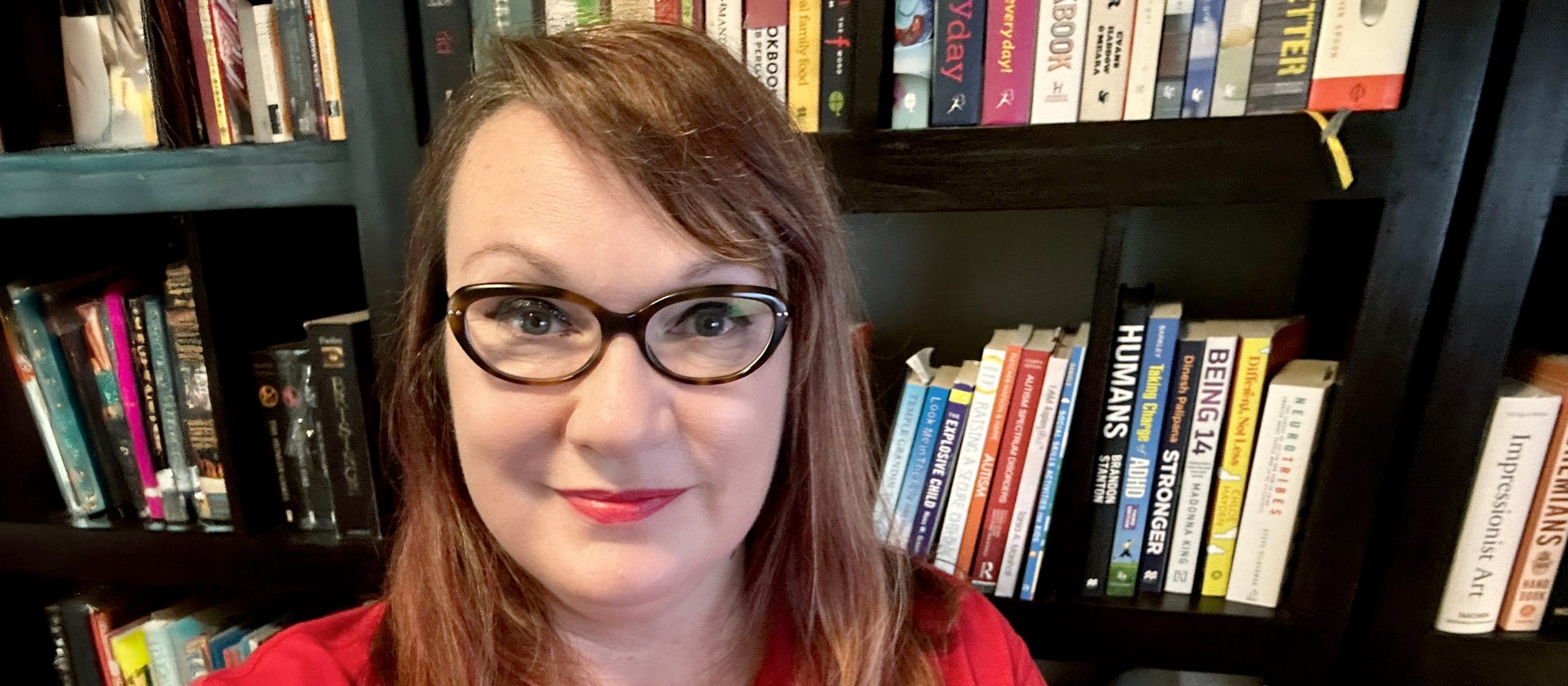Dee Thomson is the Leap in! Learning and Development Specialist and a neuro-divergent mum parenting two autistic children. We recently asked her to answer some of our Members’ most commonly asked questions about autism.
What should I do if I think my child is autistic?
If you are concerned about your child’s development, it’s a good idea to start a conversation with an early childhood professional. This could be an early childhood educator who works with your child and can share their observations, or a GP who focuses on child development and discusses development milestones.
Often early observations can include delays in either speech or communication, a difference in how your child plays and engages with you and their peers, and struggles with behaviour, which may indicate that your child is experiencing distress.
There is a lot of information available, and some good sites to start your research include Autism: What Next? and Reframing Autism.
I hear a lot about autistic boys. What about girls?
This is now an area that has significant focus.
Previously, diagnostic criteria were based on how boys present. However, our autistic girls don’t present autism in the same way. For example, autistic girls are often experts at masking. What this means is that from a very young age, they are observing and copying their peers and their family to fit in.
Parents talk about how their child is ‘perfect’ at school and around other people however, when they get home to their safe space, they may become really dysregulated and release their frustrations.
Parents of boys may find getting a diagnosis to be a fairly straightforward process, but this isn’t always common with girls, who are often diagnosed later.
For either autistic girls or boys to thrive, it is important they have timely access to diagnosis and supports to help them understand their own identity and needs. This strength-based approach can help them learn to advocate and understand themselves.
If you would like more information on autism in girls and women, these two resources are great places to start – Autism Awareness and Yellow Ladybugs.
My child has an autism diagnosis. What’s next?
If your child isn’t with the NDIS, it’s time to work out if they are eligible. You can use our Accessing the NDIS ebook or attend one of our webinars to understand the process.
I also recommend getting your child onto waiting lists now for therapists.
There will be a lot of messaging around the urgency of things that need to be done. My advice is to stay calm and take it step by step – this is a marathon, rather than a sprint.
The first priorities are to ensure your child can communicate and to ensure you have an understanding of how to meet their sensory needs. The rest will come. Your child will need support that you will be able to connect them with, and this support will change as they develop.
There is a world of information available (overwhelmingly so!). When you are ready and as you need, there are some wonderful courses to help parents of newly diagnosed children. Most are online and can be done on demand.
Reframing Autism is an Australian autistic-led organisation providing lived experience content and neuro-affirming information with short courses available for low or no cost, including the autism essentials.
If this sounds like something you’d like to investigate, you can learn more here.
What about getting diagnosed later in life?
Parents often tell us that through the process of observing, researching, and understanding autism traits to support and understand their child’s needs, there is a sense of recognition as they identify their own reactions and responses to situations, communication and environmental factors such as noise, smells, and other sensory preferences.
Seeking an autism diagnosis later in life can be both empowering and validating. For some, it helps explain years of feeling misunderstood or uncomfortable in situations others didn’t struggle with. Diagnosis can provide language and understanding of sensory reactions or communication differences that can occur.
Others may find that a diagnosis brings a renewed sense of self-compassion and a stronger connection to their child’s experiences. Connecting with others who’ve gone through this journey or exploring resources like Autism Awareness Australia and Reframing Autism, can be invaluable.
Whether it’s to understand themselves better, build a supportive network, or advocate for neurodiversity, these parents often find that discovering their own autistic identity becomes a meaningful part of their family’s story.
What is identity-first language?
How people identify is highly personal and to be respected. The use of language is very powerful, and the discussion on how to refer to our community is certainly a passionate one.
There is an ever-increasing proportion of our community preferring to use identity-first language, and using identity-first language has been embraced by the Autism CRC, which published the National Autism Guidelines recently.
Identity first language is a way of speaking that reflects that being autistic is a core part of a person’s identity. With identity first language, you’ll hear someone say they’re autistic or support autistic children. Alternatively, with non-identity first language someone may say they are on the spectrum, a person with autism etc.
If you’re looking for more information on this subject, you can find it here:

